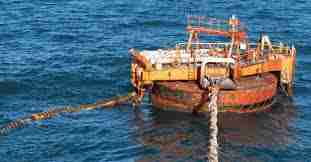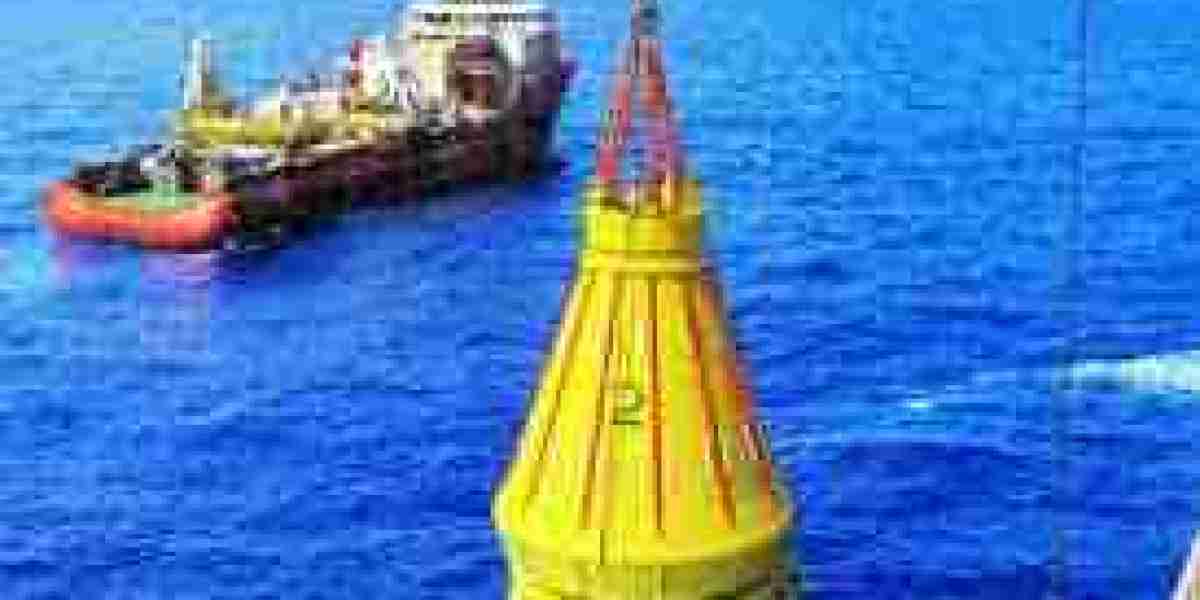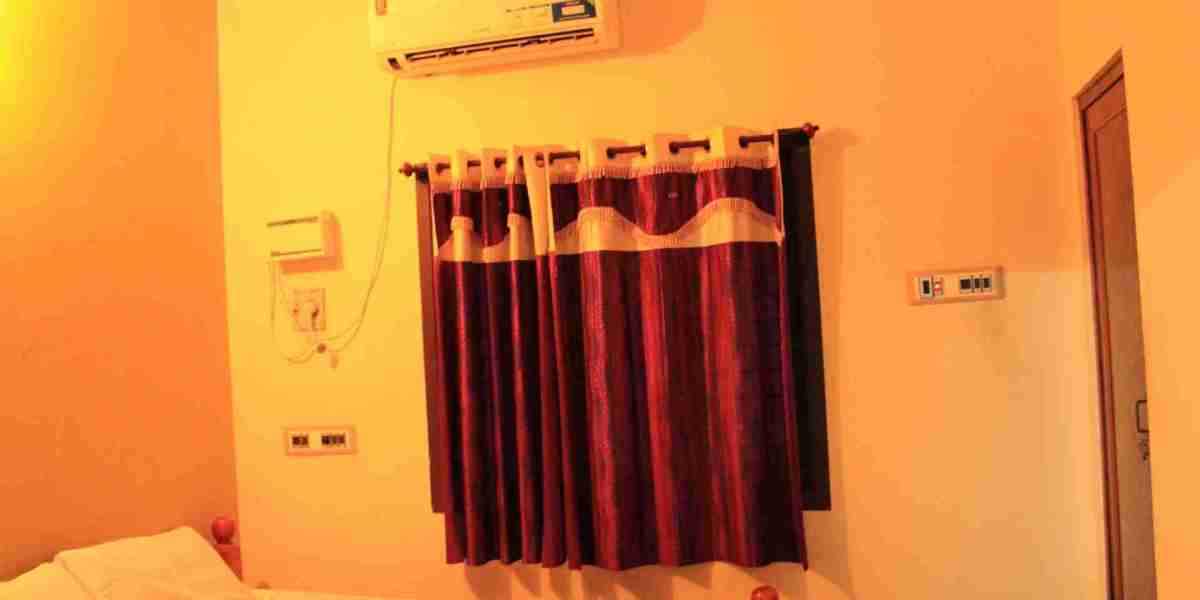The offshore mooring market is undergoing rapid development, driven by the increasing demand for secure and reliable anchoring solutions in offshore oil & gas, renewable energy, and marine infrastructure projects. With rising investment in deepwater drilling and floating offshore wind farms, mooring systems are becoming more critical than ever. This article outlines the recent developments in the offshore mooring industry, highlighting advancements in materials and design, regional expansion, and strategic shifts among key market players.

Market Evolution and Scope
Offshore mooring systems are essential for keeping floating structures—such as FPSOs (Floating Production Storage and Offloading units), drilling rigs, and wind turbines—anchored in position despite varying sea conditions. As the offshore industry expands into deeper waters and harsher environments, the role of mooring systems is evolving to include performance under extreme pressure, minimal environmental impact, and increased operational efficiency.
Initially centered on oil & gas applications, the market is now expanding into renewables, particularly floating wind, which requires innovative, lightweight mooring designs. These developments are propelling the offshore mooring sector into a new phase of growth.
Technological Developments in Mooring Systems
One of the most notable aspects of offshore mooring market development is the shift toward advanced mooring technologies designed for performance, safety, and adaptability.
1. Synthetic Mooring Materials
Traditional mooring systems often used steel chains due to their strength and availability. However, recent innovations have introduced high-performance synthetic materials such as:
Polyester
Aramid fibers
High Modulus Polyethylene (HMPE)
These materials are significantly lighter, easier to handle, and more resistant to corrosion. Their use is especially valuable in floating wind energy installations, where weight reduction can drastically improve overall efficiency.
2. Digital and Smart Mooring Systems
The integration of IoT (Internet of Things) technologies is revolutionizing offshore mooring systems. Sensors embedded in mooring lines and connections now enable real-time tension monitoring, early fault detection, and automated diagnostics. These smart systems help operators optimize maintenance schedules, reduce downtime, and improve safety across offshore assets.
3. Modular and Reusable Designs
Modern mooring systems are being developed with reusability in mind, allowing for dismantling, transport, and reinstallation. This is particularly valuable for temporary operations such as exploratory drilling or pilot-stage renewable energy platforms. Modular systems also align with sustainability objectives and reduce lifecycle costs.
Development in Offshore Applications
The offshore mooring market is diversifying its applications across multiple industries:
Oil & Gas
Despite the global energy transition, oil & gas remains a dominant application segment. Deepwater and ultra-deepwater projects in Brazil, the Gulf of Mexico, and West Africa continue to demand robust mooring systems to stabilize large production platforms.
Floating Wind Energy
The floating wind sector is driving a significant portion of new mooring system development. Countries like the UK, Norway, Japan, and the U.S. are accelerating commercial-scale floating wind projects. These initiatives require innovative mooring solutions capable of long-term performance with minimal environmental disturbance.
Aquaculture and Marine Ports
Floating fish farms and temporary port facilities represent emerging opportunities. As marine infrastructure adapts to climate change and population growth, mooring systems are being repurposed for sustainable aquaculture and logistics.
Regional Development Trends
The development of the offshore mooring market varies widely by region, depending on energy policy, technological readiness, and natural resources.
North America
The U.S. is expanding both offshore oil production and floating wind capacity, particularly along the Atlantic and Pacific coasts. Government support for renewable energy is fostering innovation and investment in advanced mooring technologies.
Europe
Europe remains a leader in offshore wind development. The North Sea is home to several floating wind pilot projects, and EU regulations are encouraging eco-friendly engineering. The region is also investing in sustainable mooring solutions that minimize seabed impact.
Asia-Pacific
China, South Korea, Japan, and India are rapidly growing their offshore energy capabilities. Asia-Pacific is becoming a hub for innovation and localized mooring system production, offering cost advantages and meeting rising regional demand.
Latin America and Africa
Emerging economies like Brazil, Nigeria, and Angola are focusing on offshore oil extraction. These nations offer long-term opportunities for mooring system providers, particularly those capable of delivering high-capacity, low-maintenance solutions suitable for deepwater operations.
Strategic Industry Developments
As demand rises, companies are reshaping their strategies to stay competitive:
R&D Investment: Major players are increasing research into materials, sensor technology, and low-impact anchoring.
Collaborations and Partnerships: Firms are partnering with wind developers, shipbuilders, and energy companies to co-design integrated mooring solutions.
Expansion of Service Portfolios: Beyond manufacturing, companies now offer installation, inspection, maintenance, and retrofitting services, enhancing value for end-users.
Leading players in this space include SBM Offshore, Delmar Systems, Bluewater Holding, and MODEC, as well as emerging startups specializing in smart and modular mooring.
Conclusion
The offshore mooring market is in the midst of a major development phase, driven by technological innovation, renewable energy integration, and expanding offshore infrastructure. As global marine activities shift toward deeper, more complex environments, the need for high-performance, adaptable, and eco-friendly mooring solutions will only increase. Companies that prioritize innovation, regional presence, and sustainability will be best positioned to lead the next generation of offshore mooring advancements.




